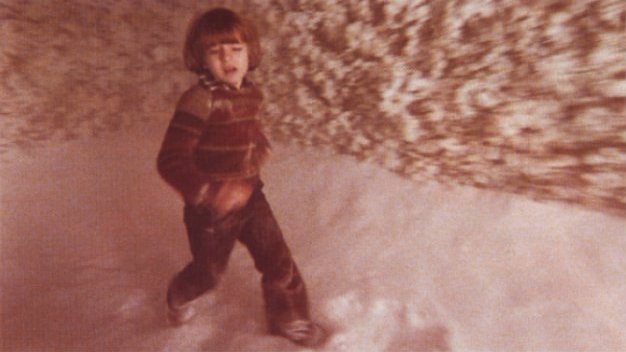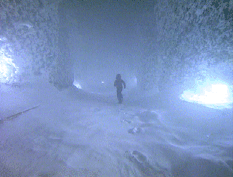

This is the scene towards the end of 'The Shining' where Danny is escaping through the maze in order to get away from his maniac father. Stanley Kubrick utilised many generic codes and thriller conventions in this scene to create suspense and to attract the auience's attention.
Sound:
Diagetic:
Heavy panting, breathlessnessFootsteps, crunching of the untouched snow
Non-Diagetic:
Threatening background music,
Very loud, creates tension and excitement.
Lighting:
Shone from below the hedges, creates an eerie, dark, gloomy scene.
Lights up all the pure white snow, makes it look heavenly
Bright surroundings compared to the dark shape of the boy.
Location:
A maze. Creates sense of entrapment, can easily get lost, nowhere to hide, dangerous- have to be aware of every opening around you, dead-ends – cause people to get stuck and have to turn back and change direction.
A lot of snow – not ideal conditions for running/escaping in, and makes it hard to see where you are headed.
Costume:
Not ideal for being out in freezing conditions, just a jumper, trousers and shoes. No props used by the boy.
Camera Angle:
Audience can only see behind the boy, can’t see where the boy is headed. Means audience can see if anyone is following him and can see what the boy can’t see. Mid-shot. Character in the centre of the frame, running towards the camera.
Signifiers of Location:
Extreme amount of snow – scene shot somewhere cold – around winter time.

1 comment:
Indicating engagement and Level 2/3
analysis. Well or organised but note more a horror film than a thriller
Post a Comment